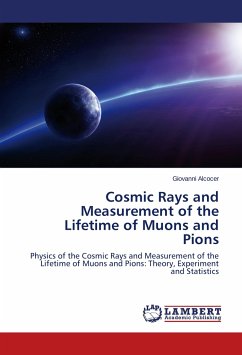Processes involving W and Z bosons decaying leptonically are among the best understood at hadron colliders. This and their copious production allow for a wide range of studies. The study of hard-diffractive event observables, such as a large rapidity gap in W or Z boson events, is strongly influenced by the underlying multiparton interactions. At present, the description of these processes relies largely on the generator specific tuning of data. Therefore, the measurement and extensive study of such events can be used in the understanding and implementation of detailed simulations of diffraction. Moreover, the measurements of single pomeron exchange are sensitive to the structure of the pomeron and the dynamics of diffraction. A detailed overview towards the observation of a diffractive signal with improvements of Monte Carlo simulations containing multiparton interactions is given. Finally, a precise measurement of the W and Z transverse momenta is presented. The distributions can potentially be used to constrain the gluon distribution function to high precision at LHC energies.








